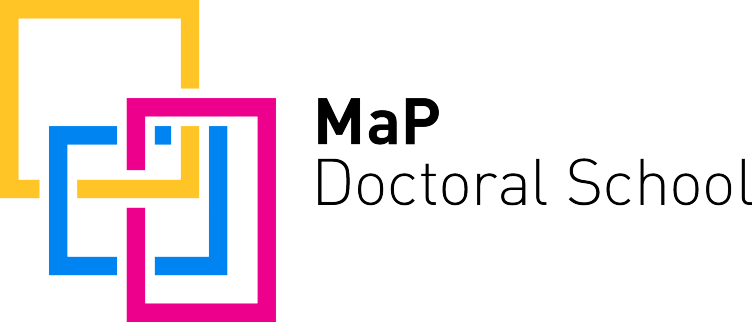MaP Award 2023
Dr. Riccardo Rizzo (D-HEST) won the MaP Award for the most promising doctoral thesis of ETH Zurich in the field of Materials and Processes presented in the year 2022.
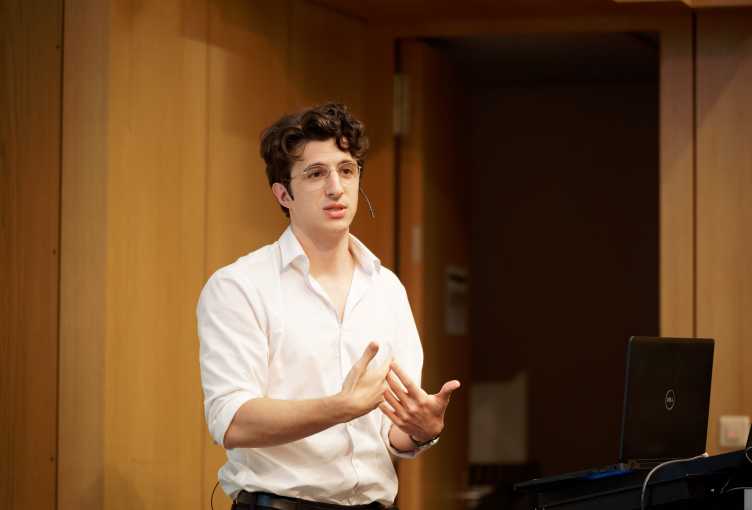
Heartfelt congratulations go to Dr. Riccardo Rizzo for winning the MaP Award 2023! The prize recognises his impressive doctoral thesis on Development and Application of Photosensitive Bioresins for 3D Biofabrication Strategies - From Volumetric Printing to Two-Photon Stereolithograph.
Dr. Rizzo is currently a SNSF Postdoc Mobility fellow at Harvard University in the group of Prof. Jennifer A. Lewis. In his postdoc work, he is exploring more biologically-oriented solutions for the generation of complex tissue models by using stem cells and organoids. Taking inspiration from the Lewis Lab pioneering work in this field, he also aims at converging their expertise with novel photochemical strategies. In the near future his goal is to lead a research group that works on the design of novel bioinspired functional materials and engineering approaches for biomedical challenges and sustainable materials.
We would also like to acknowledge the three other candidates selected for the 2023 MaP Award Final, Dr. Lukas Gerken (D-MAVT), Dr. Mattia Halter (D-ITET), and Dr. Amogh Kinikar (Empa & D-MATL). Thank your for presenting your findings on 22 June 2023 during the MaP Graduate Symposium!



Find out more about the candidates in their portraits below.
More information on the MaP Award here.
Nominees for the MaP Award 2023
Rational Design of Nanoparticle Radioenhancers for Precision Radiotherapy
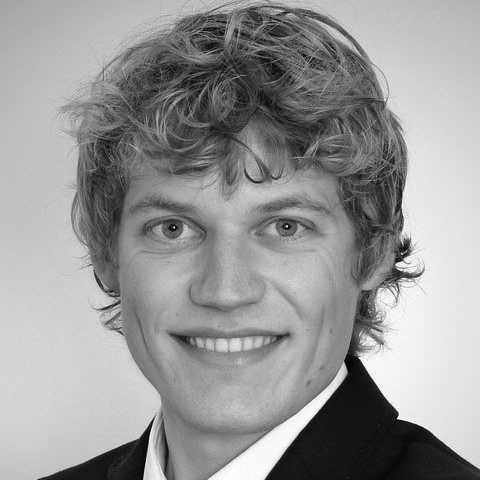
Short CV
Lukas Gerken grew up in Essen, located in Germany’s Ruhr valley. He studied Physics at the University of Cologne (BSc) and received a Bachelor (BSc) in Sport Science from the German Sport University Cologne at the same time. He then pursued his MSc degree in Biomedical Engineering at the Technical University of Vienna. During this time, he visited ETH Zurich for an exchange semester and decided to write his external Master’s thesis in the group of Prof. Inge K. Herrmann at Empa. Lukas then carried out his doctoral degree at ETH Zurich (D-MAVT) at the Nanoparticle Systems Engineering Laboratory led by Prof. Herrmann, spearheading the development of rationally-designed inorganic nanoparticle radioenhancers for precision radiation therapy with x-rays or protons. Today, after securing Empa’s Young Scientist Fellowship funded by the Ria&Arthur Dietschweiler Foundation, he focuses on overcoming hypoxia-induced cancer radioresistance using nanoparticles.
Your doctorate project in two sentences
In the quest for improving cancer radiotherapy efficacy using nanoparticles, a comprehensive understanding has been achieved by disentangling physical, chemical and biological contributions. Data collection on all these contributions allows drawing important design criteria for developing efficient radioenhancer nanoparticles improving patient treatment outcomes.
Why did you choose this doctorate project?
I got fascinated by the topic of enhancing radiotherapy after establishing the topic’s basis within my Master’s thesis. What charmed me in the beginning was being able to synthesize nanomaterials and to apply physics and technology to solve a current health problem. I quickly learned that I would need to be able to connect the major science branches physics, chemistry and biology in an interdisciplinary way, which intruiged me even more. Alltogether, the topic allowed me to be productive and creative; and there was no better place and mentor than NSEL and Prof. Inge Herrmann.
Future plans
I am presently pursuing to overcome a key challenge of radioresistance, which is hypoxia – a phenomenon that also occurs when moving from simple 2D cancer cultures to 3D mini tumors. While this challenge will bring me one step closer to clinical scenarios I am also interested, in the future, to innovate and translate the technology developed in the lab to the market.
Ferroelectric Memristors for Neuromorphic Applications: Design, Fabrication and Integration
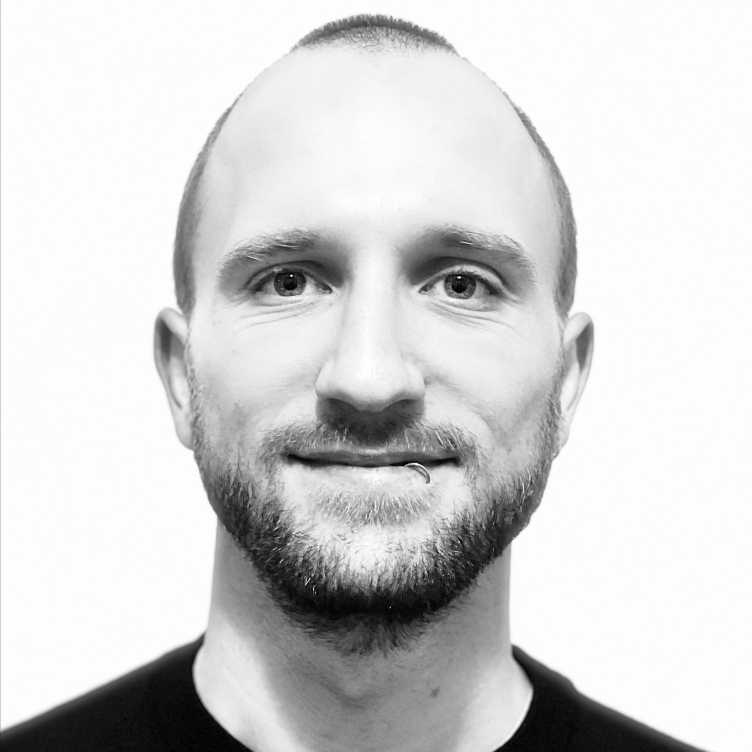
Short CV
Mattia Halter was born in Switzerland, where he obtained a MSc degree in Micro- and Nanosystems from ETH Zürich. As a doctoral student in the IIS Nano-TCAD group led by Prof. Mathieu Luisier at ETH Zürich, and in collaboration with the Neuromorphic Devices and Systems group at IBM Research Zürich, he developed a ferroelectric CMOS compatible memristor for neuromorphic applications. Today, Dr. Halter is part of the startup Lumiphase AG. With his expertise in ferroelectrics and semiconductor processing he is helping to scale fabrication processes from research lab to production.
Your doctorate project in two sentences
Inspired by the energy-efficiency and electrostatic nature of the ferroelectric-polarisation switching, we developed a CMOS compatible process for hafnia based ferroelectrics and for a semiconducting tungsten-oxide nano-film. We then designed two generations of ferroelectric field effect transistors where we combined the two materials to form an energy-efficient, multi-state memristor that can respond in multiple time-scales, making them well suited for neuromorphic and cognitive computing.
Why did you choose this doctorate project?
After spending time in the BRNC clean room at Rüschlikon for my master thesis, where I learned much about semiconductor processing, I knew I had found my setting. I was determined to develop my competences in material science, semiconductor processing and device design to engineer new solutions in nano-electronics. By joining the neuromorphic devices and systems group at IBM I had the opportunity to work on the forefront of the rapidly growing and multidisciplinary field of neuromorphic computing. It offered me the right balance between work on a computer (e.g. data analysis) and hands-on work (e.g. processing in the cleanroom). I knew that by accepting this project I would have the chance to work on Horizon 2020 projects with large and interdisciplinary consortiums. This, together with the expertise residing in the nano-TCAD and neuromorphic devices and systems group appeared to me as the perfect opportunity to learn from the best.
Future plans
I am currently working as a process-engineer on the development of electro-optical modulators based on ferroelectrics. I am contributing to the constant improvement of materials needed to reach future industry standards and helping to scale a process once developed at the BRNC research cleanroom to mass production. The fast changing environment of a startup, the collaborations with industry players together with all the processes involved in bringing a product to the market, give me the joy and opportunity to constantly learn and evolve my skills.
New Polymerization and Post-Synthesis Strategies in On-Surface Synthesis
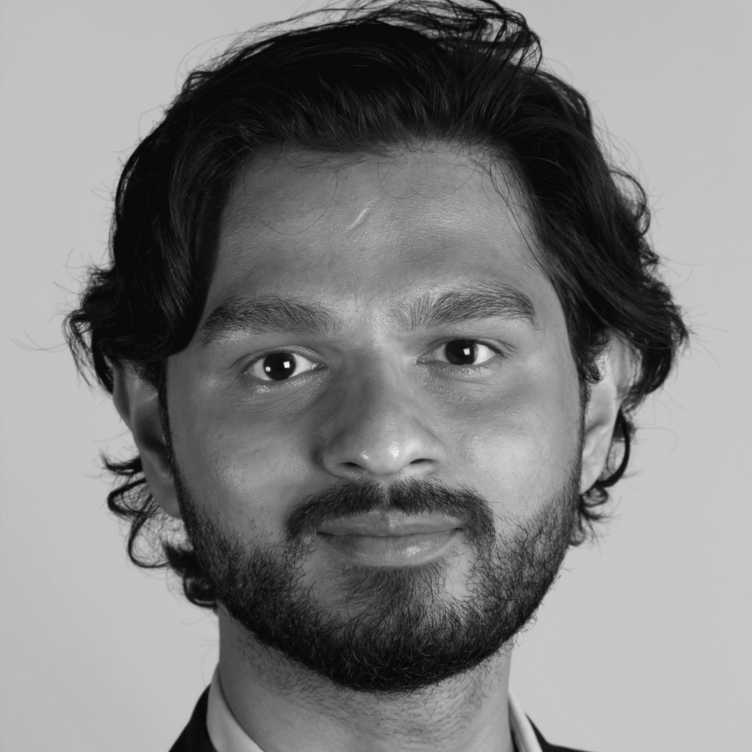
Amogh Kinikar was born in India, where he obtained his B.Sc and M.Sc from the Indian Institute of Science. He conducted his doctoral studies at the nanotech@surfaces lab in Empa and with the Magnetism and Interface Physics group in the Materials Department at ETH Zurich under the guidance of Prof. Roman Fasel and Prof. Pietro Gambardella. During this time, he worked on characterizing surface-catalyzed reactions using bond-resolved imaging.
Your doctorate project in two sentences
For my doctorate, I worked towards developing atomically-precise carbon nanostructures and, in do-ing so, discovered new surface-catalyzed chemical reactions. Their precise synthesis allows for exact control of their electronic properties, making these materials candidates for future quantum devices.
Why did you choose this doctorate project?
During my master's thesis, I studied the electrical transport in a graphene flake as it tore and observed a change in conductance when a single bond was broken. However, I had no control over the structures, which motivated me to study the atomically-precise synthesis of nanomaterials. The ideal place for pursuing this goal was Prof. Roman Fasel's group. The main objective of my thesis was the atomically-precise synthesis of edge-functionalized zigzag graphene nanoribbons. The atomic-level characterization of reactions using scanning-probe techniques is powerful, and chemistry can yield surprises! It was a rewarding experience to characterize the unexpected results that I encountered along the way.
Future plans
The structures synthesized during my doctoral thesis were confined to the surface of gold. To electrically gate these structures and make use of their electronic properties, they need to be transferred to other substrates. However, these structures are highly reactive and can only be studied in ultra-high vacuum, essentially ruling out all current device fabrication techniques. My challenge, now, is to develop new tools and processes that would allow the incorporation of these atomically precise structures into devices.
Development and Application of Photosensitive Bioresins for 3D Biofabrication Strategies
From Volumetric Printing to Two-Photon Stereolithography
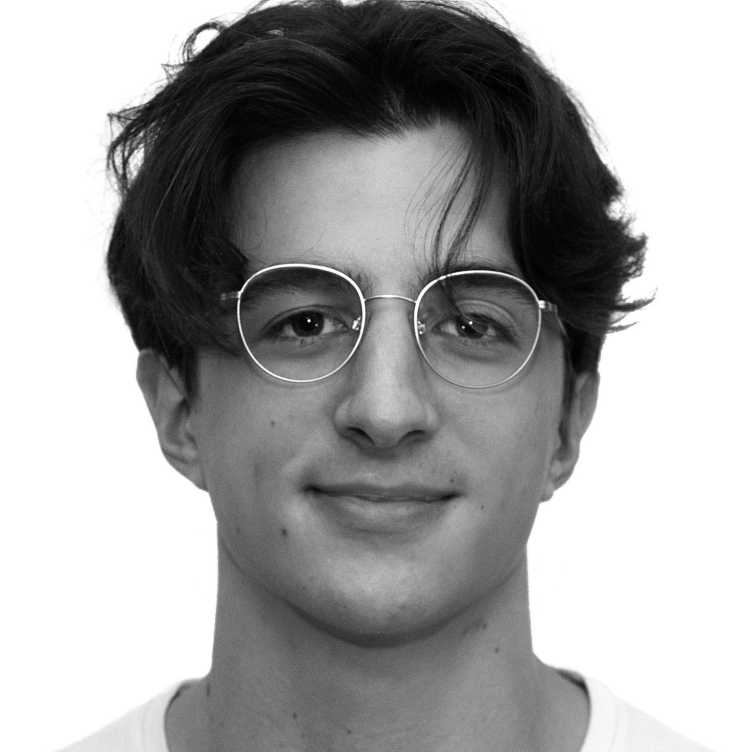
Riccardo Rizzo grew up in Italy. He obtained his BSc and MSc degrees in (Nano)Biotechnology from the University of Trieste. After his MSc thesis at CIC BiomaGune in San Sebastian (Spain) under the supervision of Prof. Maurizio Prato, he started a doctorate at ETH Zürich in the Tissue Engineering and Biofabrication Laboratory led by Prof. Marcy Zenobi-Wong. During his PhD, he developed high performance photosensitive bioresins for light-based 3D bioprinting technologies. Currently, Dr. Rizzo is a SNSF Postdoc Mobility fellow at Harvard University in the group of Prof. Jennifer A. Lewis.
Your doctorate project in two sentences
Light-based 3D bioprinting holds great potential for the generation of functional human tissues and organs in-vitro. Leveraging the capabilities of different photochemical reactions, we developed various novel photosensitive bioresins and printing strategies with the aim to improve printing processing performances as well as targeting physiological development of human tissues.
Why did you choose this doctorate project?
Although I was trained as a biologist, I have always been fascinated by chemistry and the interplay between materials and cells. After gaining organic chemistry experience during the MSc thesis, I was looking for a multidisciplinary environment where to continue to grow my interest in material science, but with a more translational approach directed to tissue engineering and regenerative medicine. I eventually found in the TEB of Prof. Zenobi-Wong the perfect atmosphere, where scientists with diverse expertise and skillset work with great collaborative spirit to tackle bioengineering challenges from different angles. Profiting from the state-of-the-art equipment and facilities at ETH and I found myself involved in many exciting, cutting-edge research projects, mostly revolving around the use of light as a trigger for photochemical reactions.
Future plans
In my current postdoc work I am exploring more biologically-oriented solutions for the generation of complex tissue models by using stem cells and organoids. Taking inspiration from the Lewis Lab pioneering work in this field, I also aim at converging their expertise with novel photochemical strategies. In the near future my goal is to lead a research group that works on the design of novel bioinspired functional materials and engineering approaches for biomedical challenges and sustainable materials.
